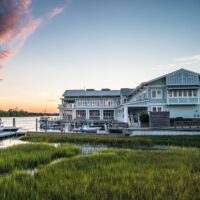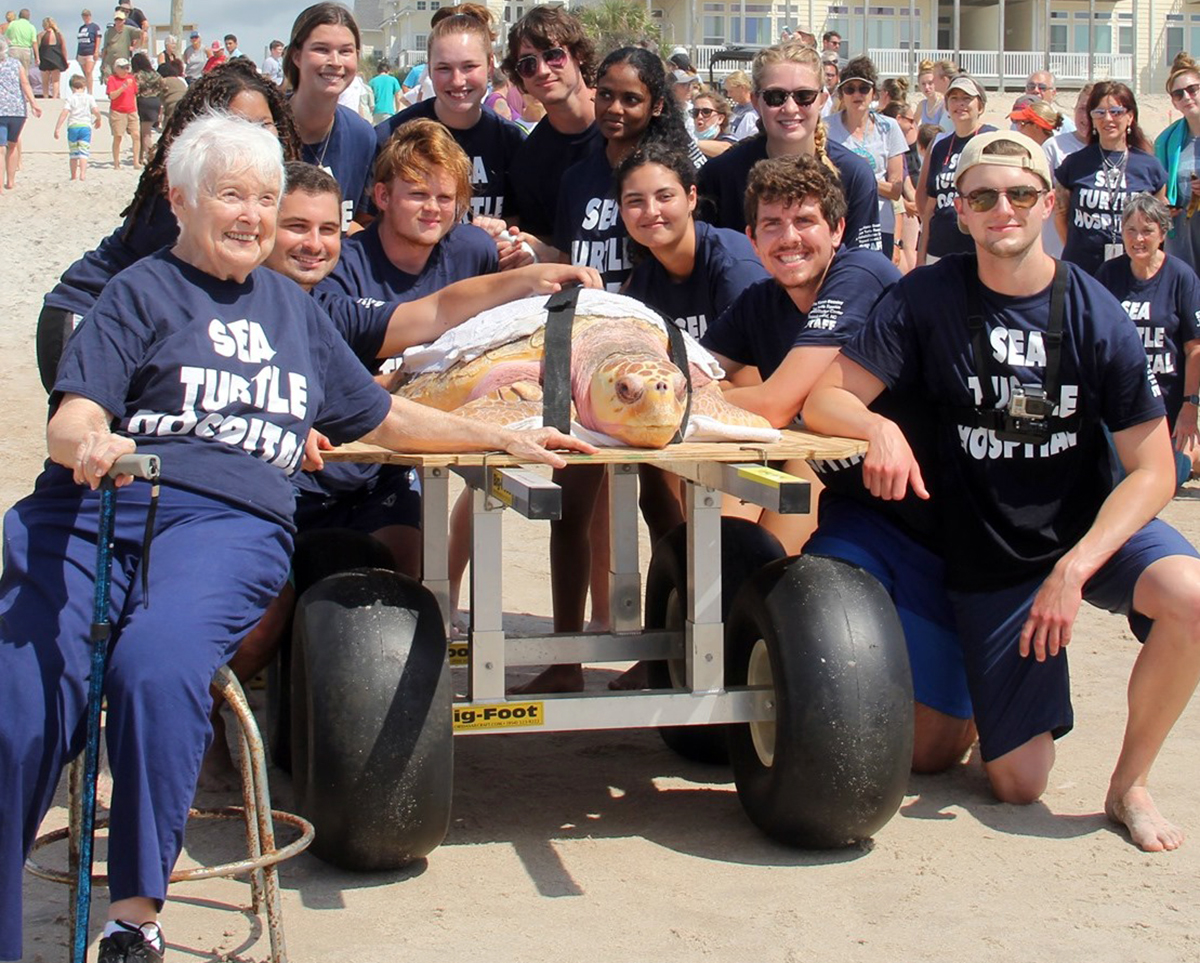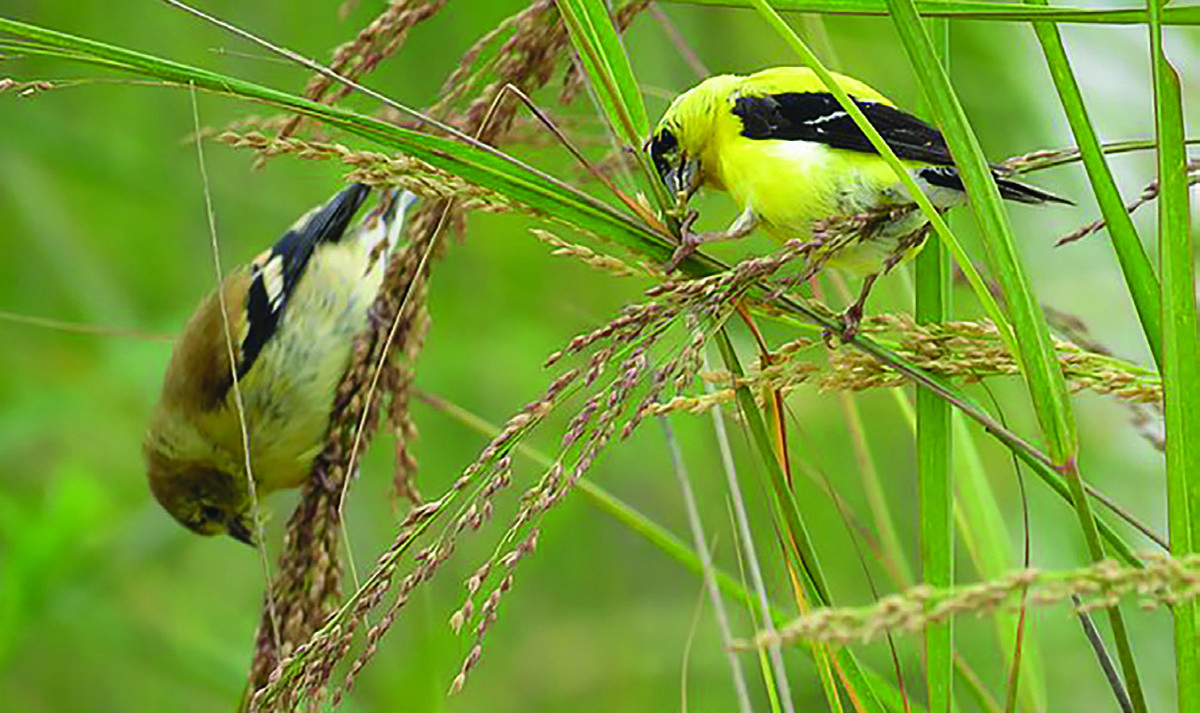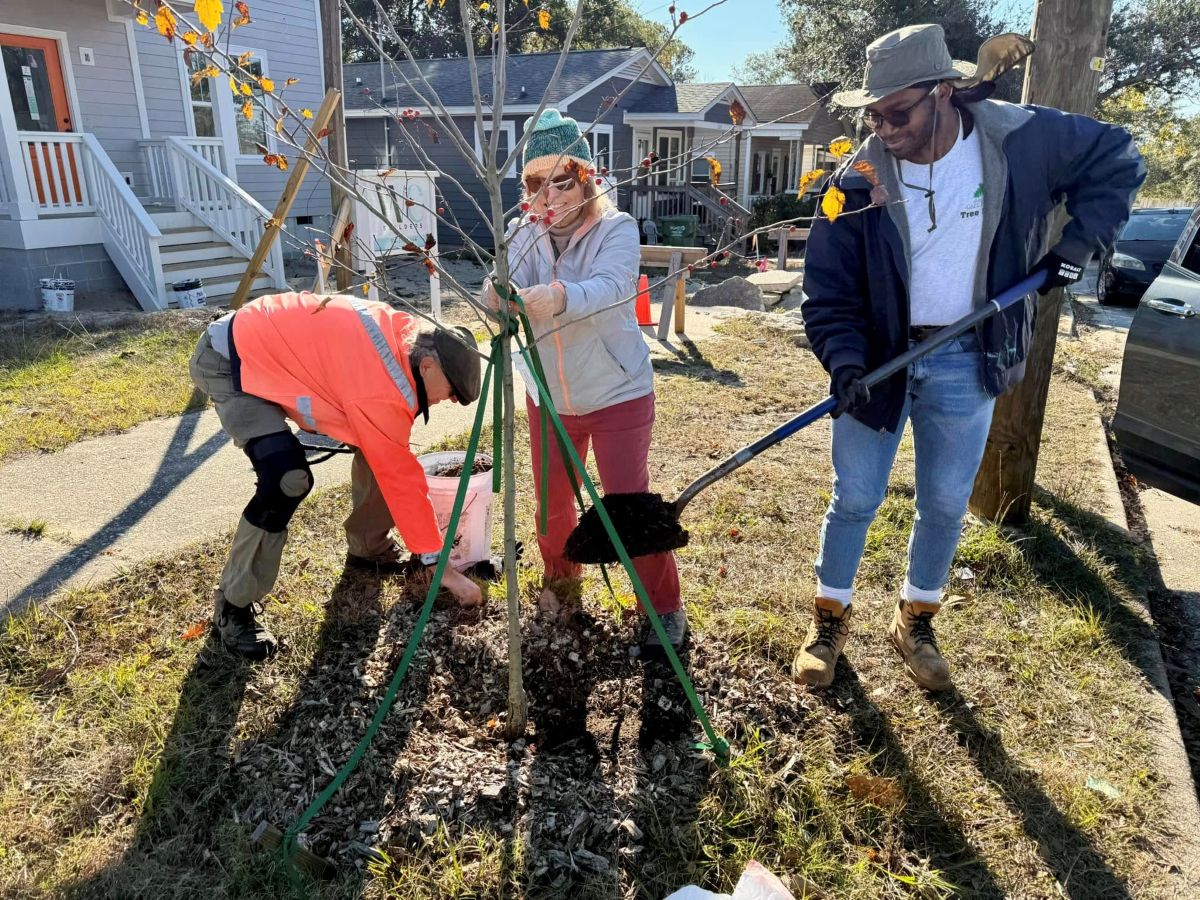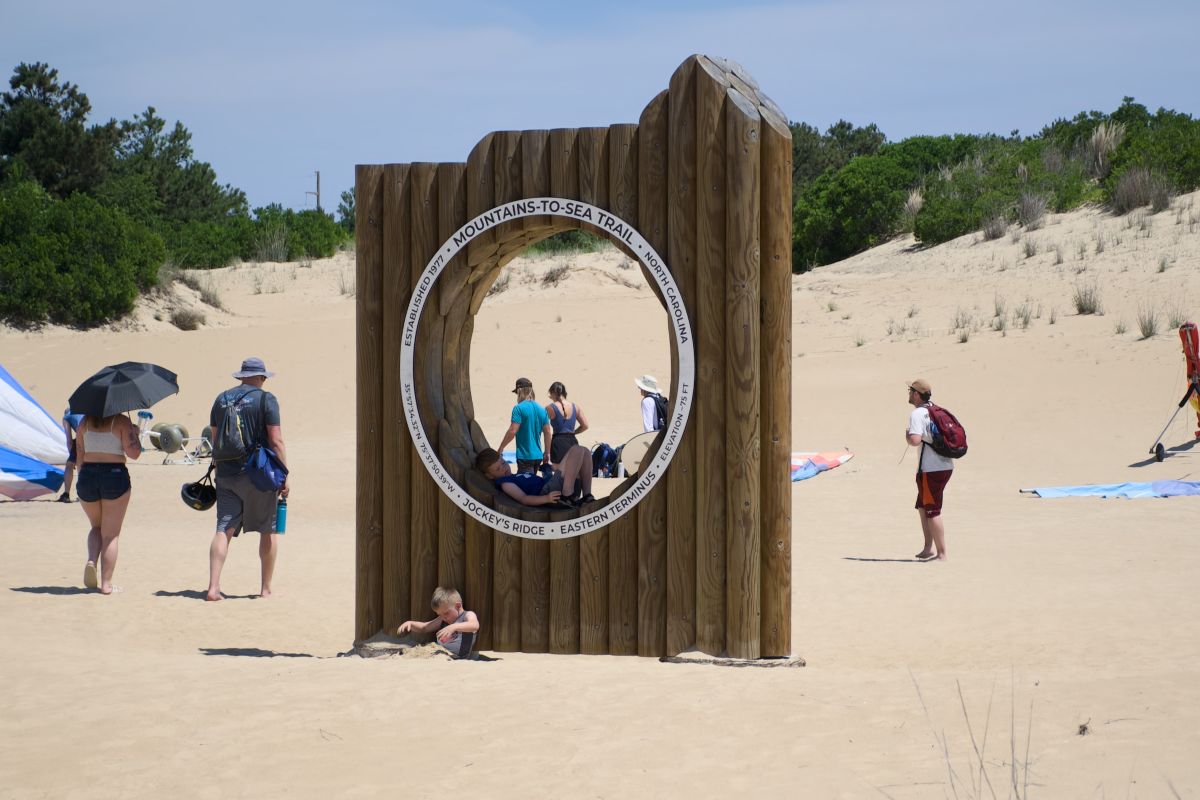
Second in commentary photo-essay series, Tabb’s Trails, with coastal reporter, photographer and hiking enthusiast Kip Tabb.
It was a close thing, whether Jockey’s Ridge would be leveled for a development five decades ago.
Supporter Spotlight
If you find yourself at what is now the 426-acre Jockey’s Ridge State Park in Dare County, head north out of the parking lot and up one of the steepest dunes there.
In about a quarter mile, the disintegrating asphalt of a 50-year-old road is stark evidence that, if the late Carolista Baum had not stood in front of a bulldozer on Aug. 15, 1973, to prevent the sand dune system from being developed, a truly unique geological treasure would not exist today.
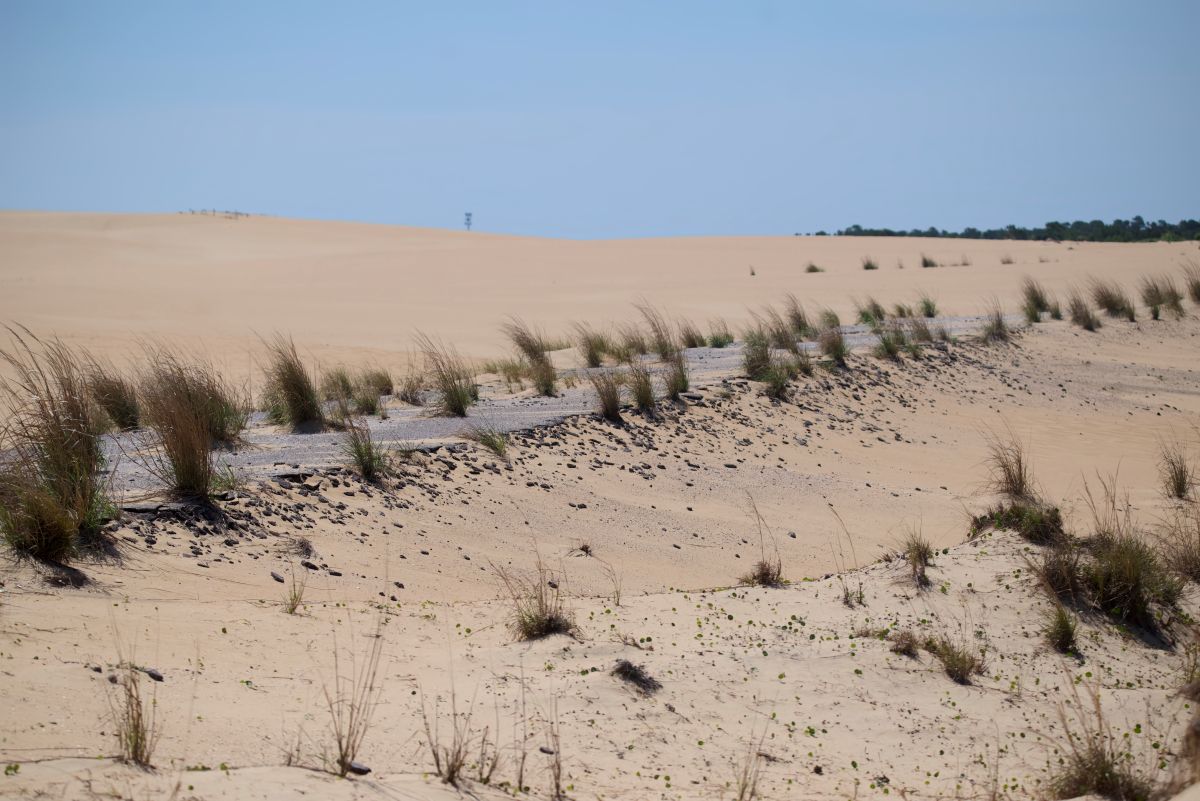
The North Carolina State Park System in 1975 established Jockey’s Ridge, what it calls the tallest living sand dune system on the Atlantic Coast. The Friends of Jockey’s Ridge State Park has organized a four-day, family friendly event starting Thursday to celebrate the 50th anniversary of the state park. The friends group supports the state park in Nags Head.
Related: Take a hike Saturday to celebrate National Trails Day
Details and the itinerary for all programs being offered at no charge can be found on the nonprofit organization’s website.
Supporter Spotlight

Jockey’s Ridge is a remarkably complex environmental wonder.
It is a harsh environment. Where the sand is deepest and most active, nothing grows. But one of the ironies of what is left of the road is the roadbed stabilized the sand, and as the asphalt cracked, opening the soil to the elements, small thickets of pine took root.

There are self-guided trails in Jockey’s Ridge State Park.
The Soundside Nature Trail is a 1.2-mile loop that begins at the main parking lot by the visitor center, and the Tracks in the Sand Trail is a 0.6-mile loop trail beginning at the Soundside parking lot.
Depending on where the hike is going, the conditions can be strenuous. Hiking conditions are fine sand and steep inclines. It’s not necessary to be an athlete, but reasonable physical condition is important.
Visitors can explore all areas of Jockey’s Ridge State Park, but there are some things to know while there.
Take water with you, especially in the summer as conditions can be extremely hot and there is no drinking water anywhere, and insect repellant is a good idea.
When hiking in the thicket at the base of the main dune, be respectful of nature. There are a surprising number of trails and no need to create a new one.

Among the dunes where the soil has stabilized, flowering plants thrive and insect life is abundant.

There are a surprising number of flowering plants that flourish in Jockey’s Ridge, perhaps none as spectacular as a mound lily yucca.
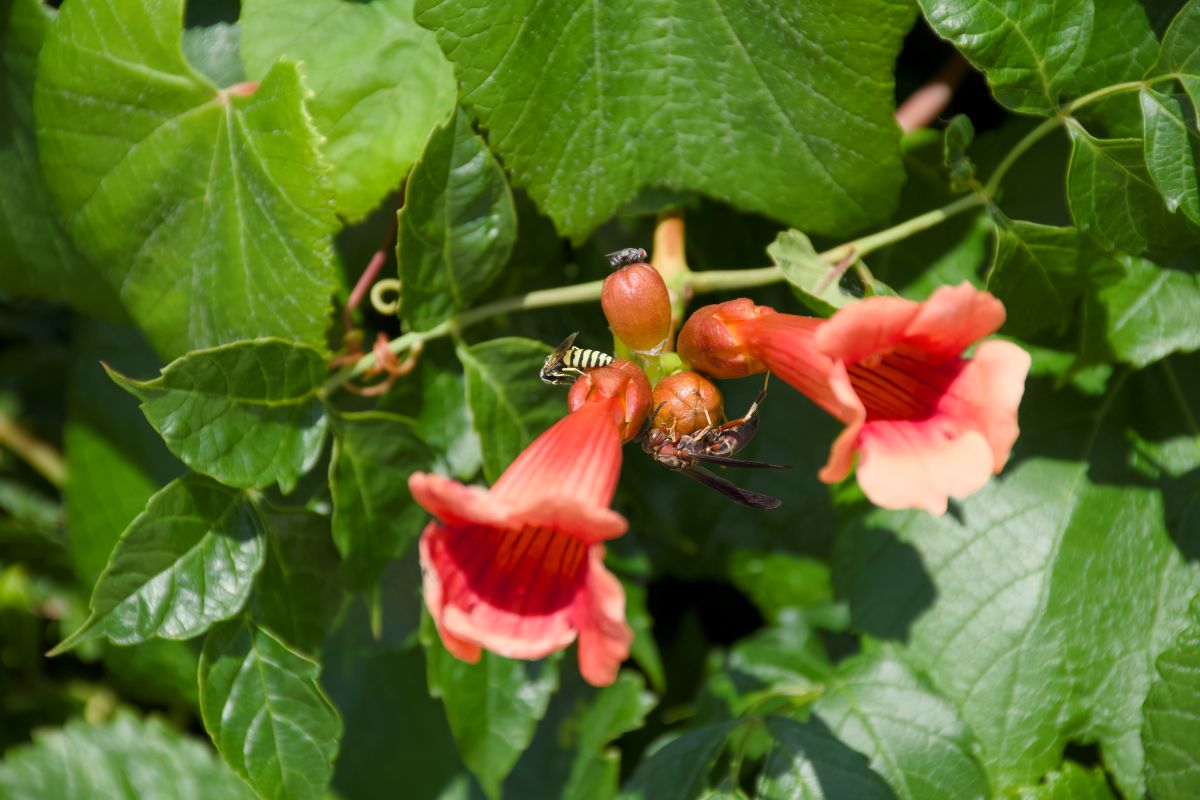
As the flowers come into full bloom this time of year, pollinators and other insects swarm to the plants, such as the trumpet vines, which are prolific on the hillocks throughout the park.
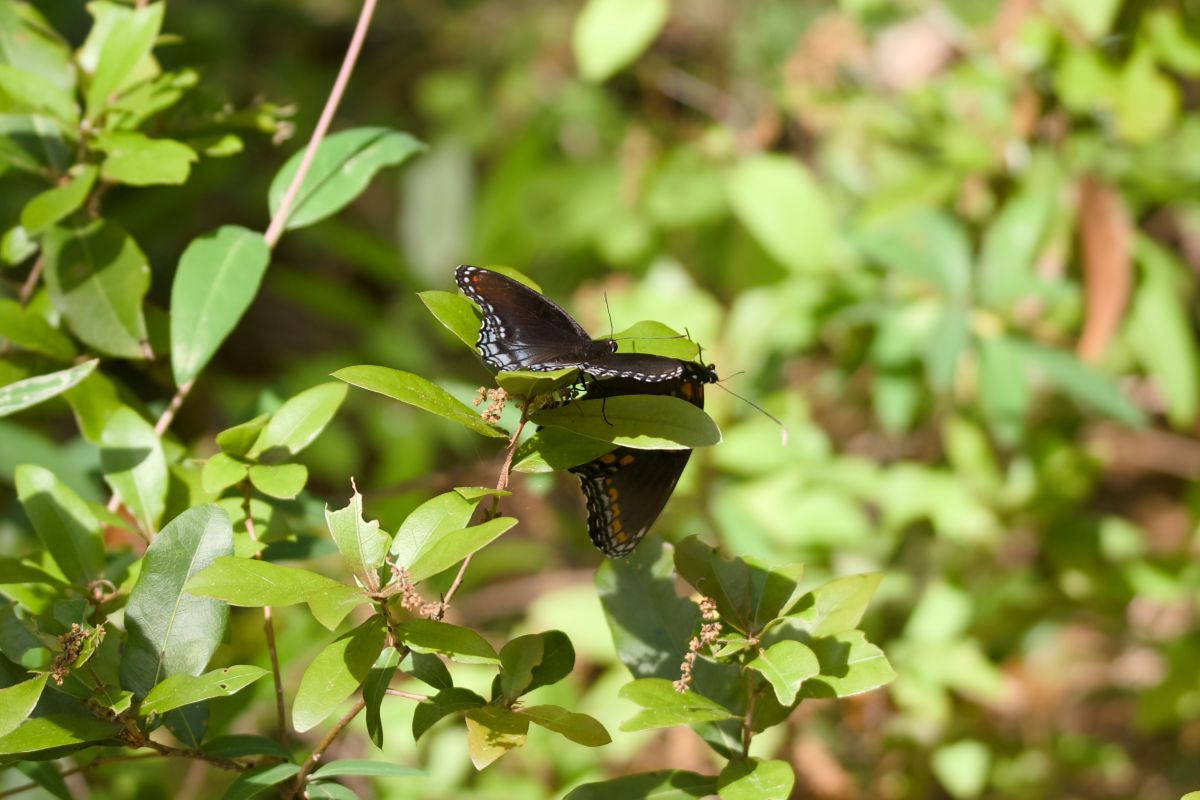
The trumpet vines are just one of many flowering plants in Jockey’s Ridge where pollinators can be spotted, including red-spotted purple butterflies.
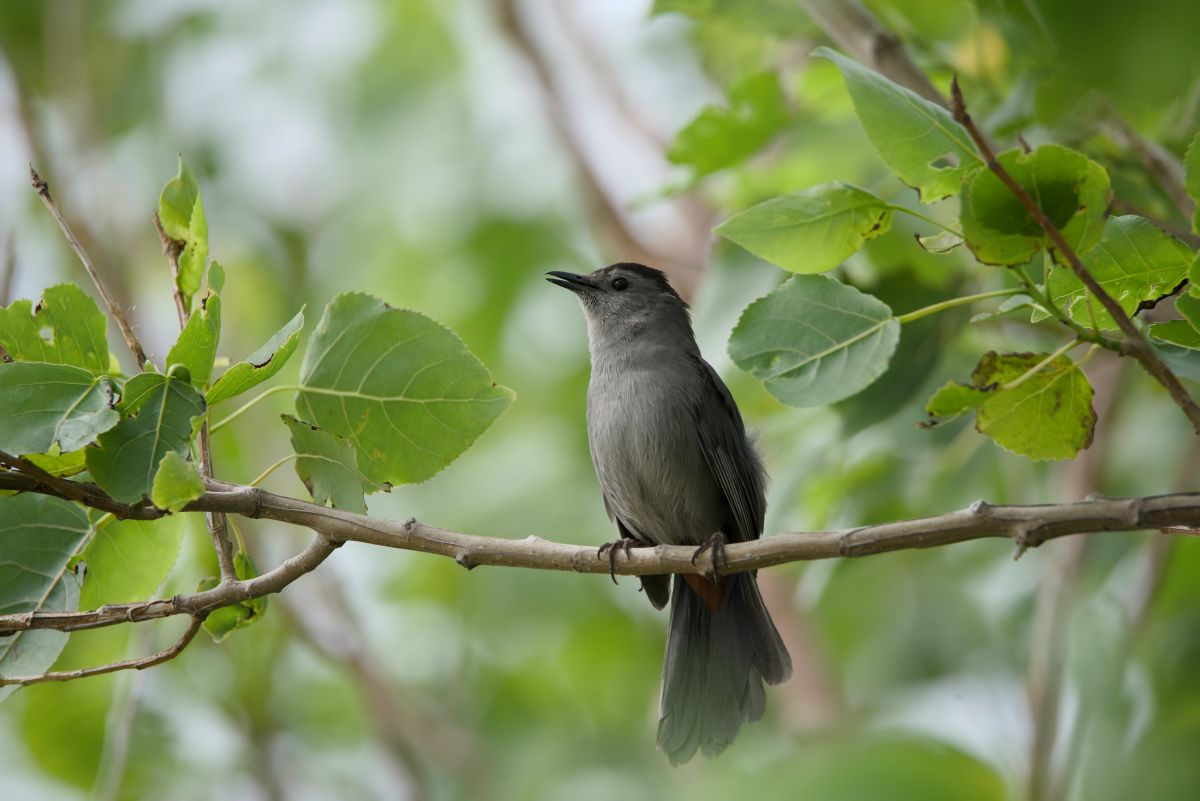
As the foliage thickens in spring and into summer, the sound of songbirds, like the gray catbird, is a constant chorus. Usually deep in the foliage, they are heard but not seen, but sometimes they’ll make an appearance.
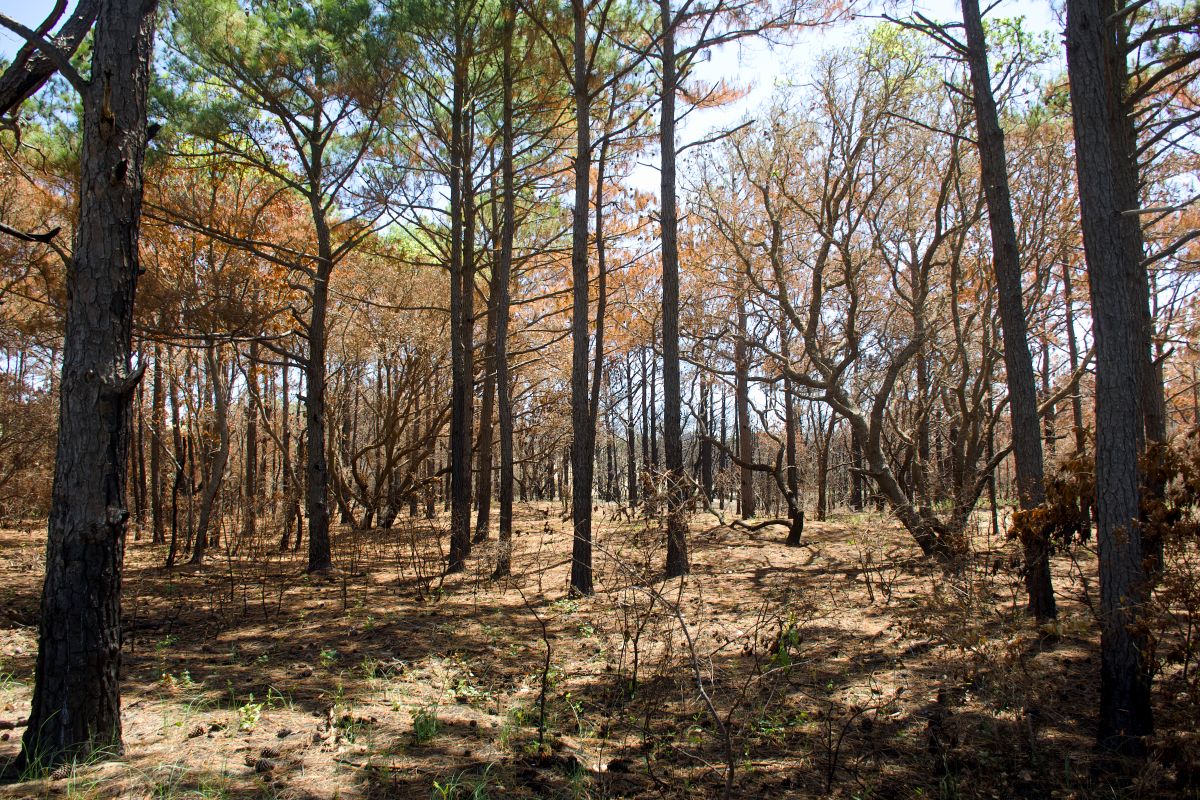
Following a prescribed burn in April of this year, the largest thicket, which could almost be considered a small maritime forest, is showing signs of regeneration as summer approaches.
The wooded area on the Roanoke Sound is in the wind shadow of the largest dune in Jockey’s Ridge, and extends a little over a half mile from the parking lot and recreational beach at the southeast corner of the park.
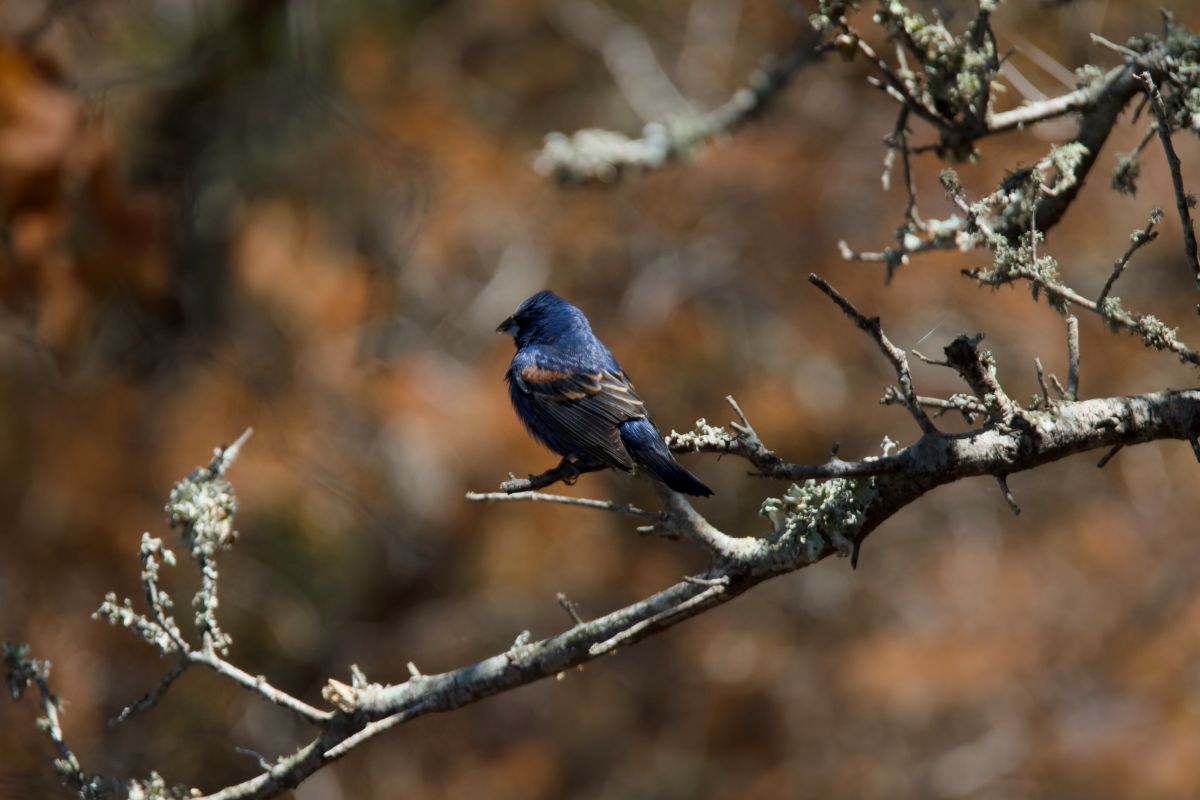
The colors of a blue grosbeak spotted on a branch in the burn area, according to Cornell University’s All About Birds website, indicate a breeding male. The species is “uncommon but widespread across the southern United States.”
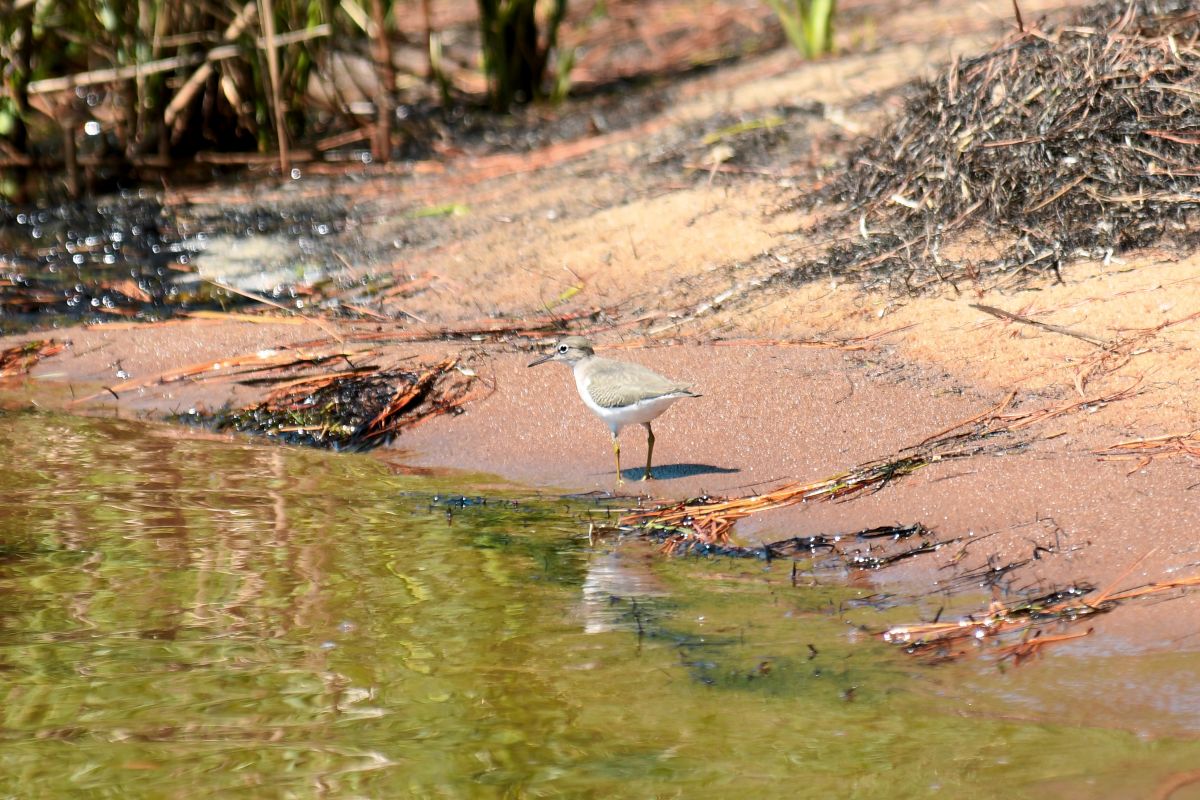
If the hike is going to be fairly long and include the Roanoke Sound shoreline, there is considerable underbrush and walking through while barefoot can be painful.

Waterfowl are a frequent sight as well. In a cove off the trail, two mallards shared a quiet moment. The drake kept bringing its foot to its head in what appeared to be an attempt to scratch something by his beak.
The North Carolina Mountains-to-Sea Trail crosses the state, connecting the eastern terminus in Jockey’s Ridge State Park on the Outer Banks and the western terminus in the Great Smoky Mountains National Park.

